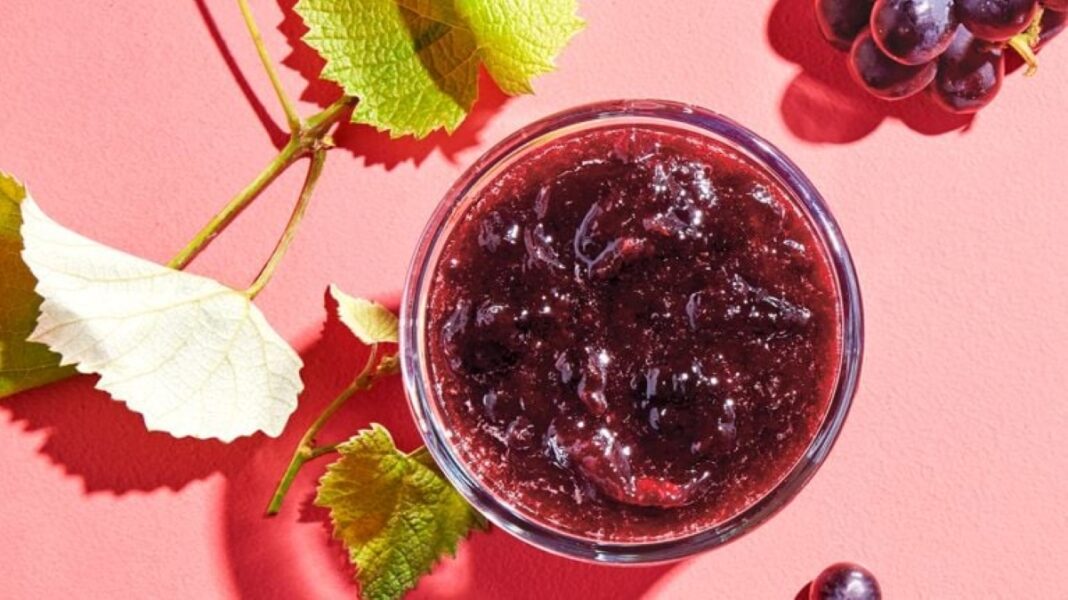In the northern hemisphere, summer is in full swing, the season for turning stone fruits and sweet n’ tart berries into delicious jams and preserves for the next winter’s stock.
Living in rural France, I am privileged to experience the seasons in their most distinct, and fullest glory, Alhamdulillah. As a keen gardener, I started making my own jams a few years ago, and there is something so very satisfying in tasting the sweet memory of summer mingled with hot butter on a baguette in the height of the ski-season.
In France, jam became a symbol of luxury and status due to the high cost of sugar. In the late 1600s, King Louis XIV showcased his jam as a luxury treat when serving guests at Versailles, with elaborate displays of jams made from fruits grown in his private gardens.
When the cost of sugar reduced, manufacturing in 19th century France made jam more accessible to the working classes.
Something that I have observed about French food culture, is that the produce is of such an exceptionally high quality, that oftentimes in cooking, much like the Italians, there is a preference to use fewer, quality ingredients that allows the produce to sing solo. No where is this truer than the humble art of making jam.
Interestingly, no one knows the exact origins of jam. The earliest known recorded recipe for a jam-like food is found in the ‘De Re Coquinaria’ (The Art of Cooking) by Apicius, written in the 4th Century C.E. during the Roman Empire which was a sweet concoction of quince mashed in honey.
However, the jam that we consume today, which is made with plenty of that white horse that we just can’t kick, actually originated in Iran!
Sugarcane is native to Southeast Asia and it wasn’t until sugarcane was introduced to Iran at some point between the 3rd and 6th Century C.E. that jam was made for the first time. So, if one nation might be suggested as the inventor of jam, Sasanian Persia makes a good candidate.
Like all good yarns, the story comes full circle, and according to a report by Future Market Insights Nandini Roy Choudhury, a jam renaissance is now underway in the Middle East.
According to Choudhury, the nostalgic appeal of jam and its versality has made it a kitchen staple in Middle Eastern households.
“The region’s demand for jams is surging as modern consumers seek flavourful, wholesome foods. Local companies are partnering with international firms to introduce products across the UAE, Egypt, Saudi Arabia, Jordan, Kuwait and beyond,” says Choudhury.
The global fruit jam market is projected to reach USD16 billion by 2033. The surge is driven by unconventional consumption patterns and innovative uses like jam pancakes and smoothies. Furthermore, in the Middle East, demand for convenience foods and the rise of influencer marketing are expected to boost the industry.
However, as the cost of fresh produce rises everywhere, so too does the cost of jam.
According to Choudhury, brands are implementing strategies to attract price-sensitive consumers. Consequently, consumers are opting for more affordable options, leading to increased sales of own-label products over branded jams.
Choudhury says that consumers are favouring larger jam formats for family use, reflecting a preference for bulk shopping. To meet this demand, manufacturers are focusing on producing 1kg, 720g and 320g jars, while smaller quantities see declining sales. Furthermore, the work-from-home trend has also increased demand for premium breakfast options, prompting jam suppliers to collaborate with other brands for in-store promotions.
“Lockdown habits are re-emerging as consumers replicate restaurant experiences at home. This has spurred a rise in scratch cooking and created opportunities for launching new products,” says Choudhury.
Whatever the motivation and or one’s own station, the history of jam is intertwined with cultures, the economy and even royal preferences, and as believers, when Allah’s ‘fruits fructify on the branch’ it is surely a herald of heady aromas that will soon waft out of summer kitchens.
Psst! If you like how we amplify Muslim voices and want to help MNATION in uplifting the ummah, please share our stories and become a benefactor! We welcome contributions for just 1.99 per month!






